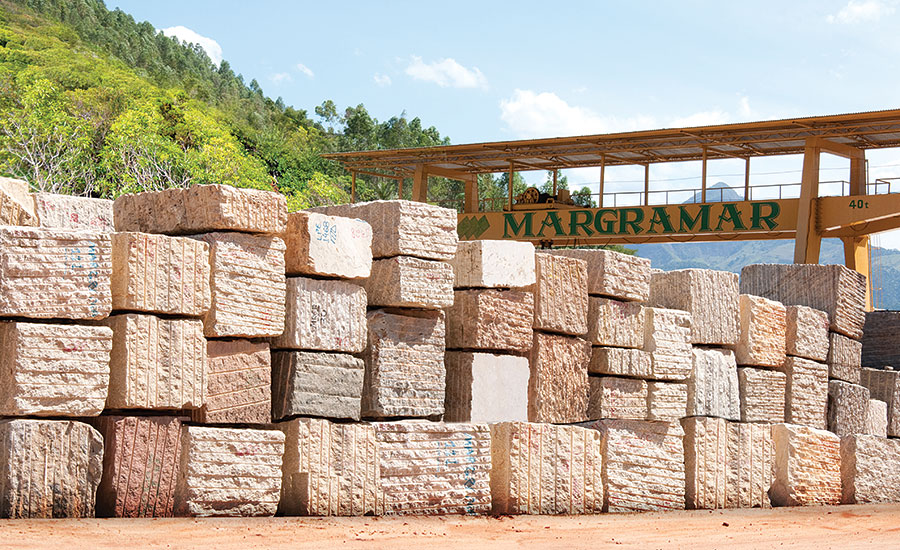The Covert Treasures: Checking Out Granite Quarries in South Africa
The Covert Treasures: Checking Out Granite Quarries in South Africa
Blog Article
Unearthing the Rich Background and Lasting Practices of Granite Quarrying
As we base on the precipice of uncovering the detailed tapestry of granite quarrying, a journey through time exposes not simply the physical act of removing stone yet likewise the social and historic importance woven into the extremely textile of this practice. From the old origins that laid the structure for modern quarrying techniques to the sustainable techniques that are forming the future of this market, each chisel mark on granite surface areas tells a tale waiting to be unearthed (granite quarries in south africa). The legacy of granite quarrying extends far past plain removal; it is a testament to human ingenuity, resilience, and the enduring appeal of this impressive stone
Ancient Origins of Granite Quarrying
Dating back to old people, the practice of quarrying granite has been an integral component of human history and architectural innovation. The earliest evidence of granite quarrying days back to ancient Egypt, where huge pyramids and complex sculptures were crafted from this durable stone. The Egyptians utilized primitive tools to remove granite blocks from quarries, showcasing the relevance of this material in their monumental constructions.
Moving onward in background, the Greeks likewise made substantial contributions to the quarrying of granite. The Greeks made use of granite in various architectural marvels, such as temples and statuaries, showing their skill in shaping and carving this durable stone. The Romans further improved the techniques of quarrying granite, utilizing sophisticated tools like knives and hammers to essence and shape granite for their legendary frameworks.
With the centuries, the technique of quarrying granite has actually developed, with contemporary innovations boosting efficiency while maintaining the timeless allure of this all-natural stone - granite quarries in south africa. From old civilizations to modern building contractors, the legacy of granite quarrying continues to form our globe
Evolution of Quarrying Methods
The development of quarrying techniques has been noted by a continual progression towards higher performance and accuracy in extracting granite. From the primary techniques used by our forefathers to the advanced modern technologies utilized in modern-day quarrying operations, the market has actually undergone substantial advancements. Early quarrying techniques entailed manual labor with basic tools such as blades, hammers, and wedges to extract granite blocks from the earth. As civilizations proceeded, methods like fire-setting and primitive dynamites were presented to assist in the removal procedure.
Improvements in computer-controlled devices and 3D modeling have maximized quarrying procedures, leading to marginal environmental impact and enhanced sustainability practices. As the you could look here demand for granite continues to climb, the evolution of quarrying strategies remains integral to conference market needs successfully and sustainably.
Cultural Relevance of Granite
Granite holds a profound cultural relevance across different worlds due to its long-lasting existence in building view masterpieces and respected monoliths. The cultural significance of granite prolongs past its physical attributes; it personifies strength, stability, and eternity, making it an icon of enduring traditions and practices.

Lasting Practices in Quarrying
Amidst the abundant background of granite quarrying and its social relevance lies a growing emphasis on lasting methods within the market. As environmental understanding and concerns about source depletion have enhanced globally, the quarrying market has significantly accepted lasting techniques to minimize its impact on the setting and bordering neighborhoods.

Additionally, recovery and recovery of quarry websites post-extraction are important to sustainable practices. By recovering quarried locations to a natural or beneficial state, such as developing wildlife environments or recreational spaces, quarriers can balance out the ecological impact of their operations and contribute positively to the local community.
Heritage of Granite Quarrying
With a historical backdrop soaked in craftsmanship and commercial development, what enduring impact has granite quarrying left on the landscape of modern-day society? The tradition of granite quarrying goes beyond simple extraction methods; it has shaped building marvels, metropolitan landscapes, and social heritage worldwide. The sturdy nature of granite has actually made it a recommended option for monoliths, buildings, and facilities, standing as a testimony to the ability and virtuosity of quarry workers throughout generations.
Moreover, the economic impact of granite quarrying can not be forgotten. The market proceeds to supply employment chances and drive click to read local economic situations in regions where granite extraction prevails. It has actually likewise stimulated technological innovations in quarrying strategies and equipment, bring about more reliable and lasting practices.
In terms of sustainability, the legacy of granite quarrying consists of efforts to mitigate environmental influences via recovery tasks and liable resource management. By balancing economic interests with environmental stewardship, the industry makes every effort to ensure that future generations can continue to gain from this enduring all-natural resource.
Conclusion

Report this page